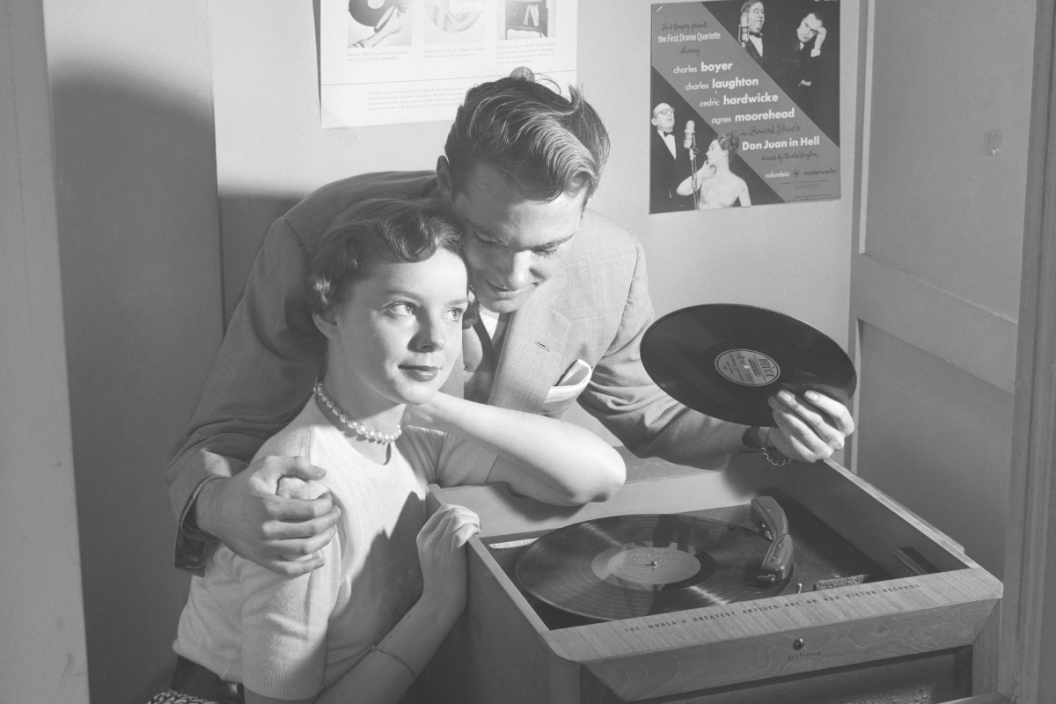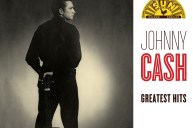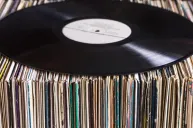Vinyl records have gone in and out of favor and style since their introduction to the American public nearly 80 years ago. As reported by American History Now, RCA Victrola produced the first commercially available records in 1930, but the long-playing records (or LPs) that run at a speed of 33 1/2 revolutions per minute and are still the standard today didn't come onto the scene until 1948. Columbia Records introduced the LP, which could hold half an hour of music on each of its sides, at a New York City press conference.
Videos by Wide Open Country
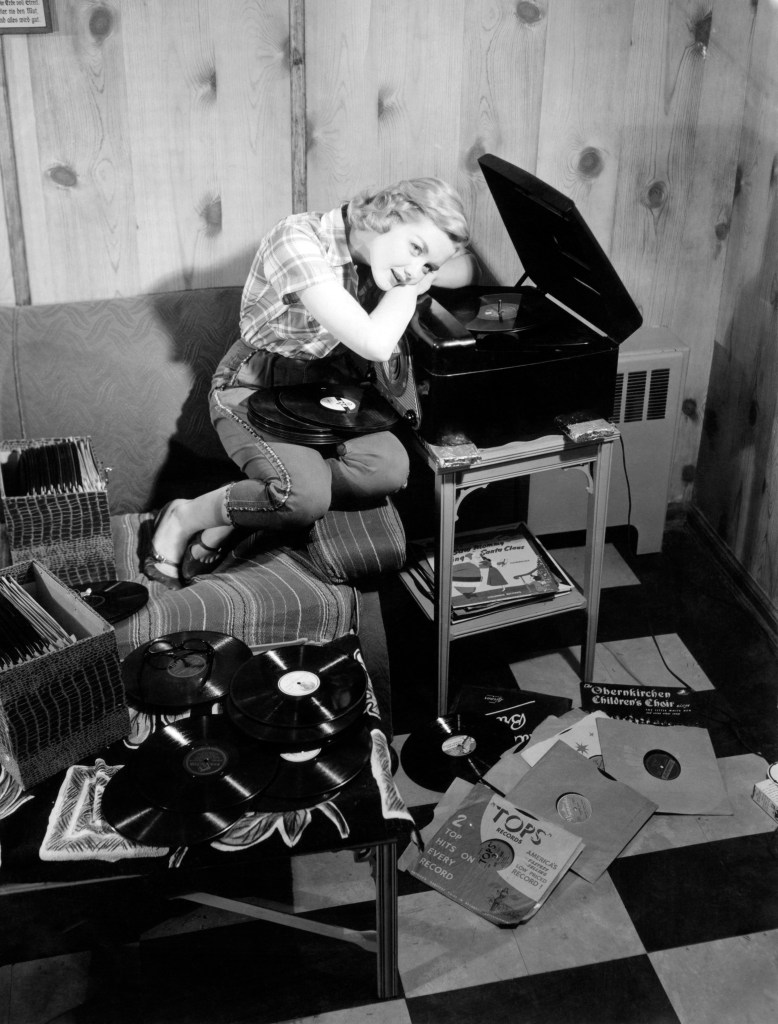
Photo by Coleman/ClassicStock/Getty Images
Per the Now See Hear! blog from the National Audio-Visual Conservation Center, the first LP was a recording of Mendelssohn's Violin Concerto in E performed by New York's Philharmonic-Symphony Orchestra. In March 1956, according to uDiscoverMusic, Billboard magazine began publishing weekly charts listing the best-selling records. "King of Calypso" singer Harry Belafonte's album Belafonte was the first to hit number one; it stayed at the top for six weeks before getting supplanted by Elvis Presley's self-titled debut album. Elvis Presley ruled the chart for a solid ten weeks.
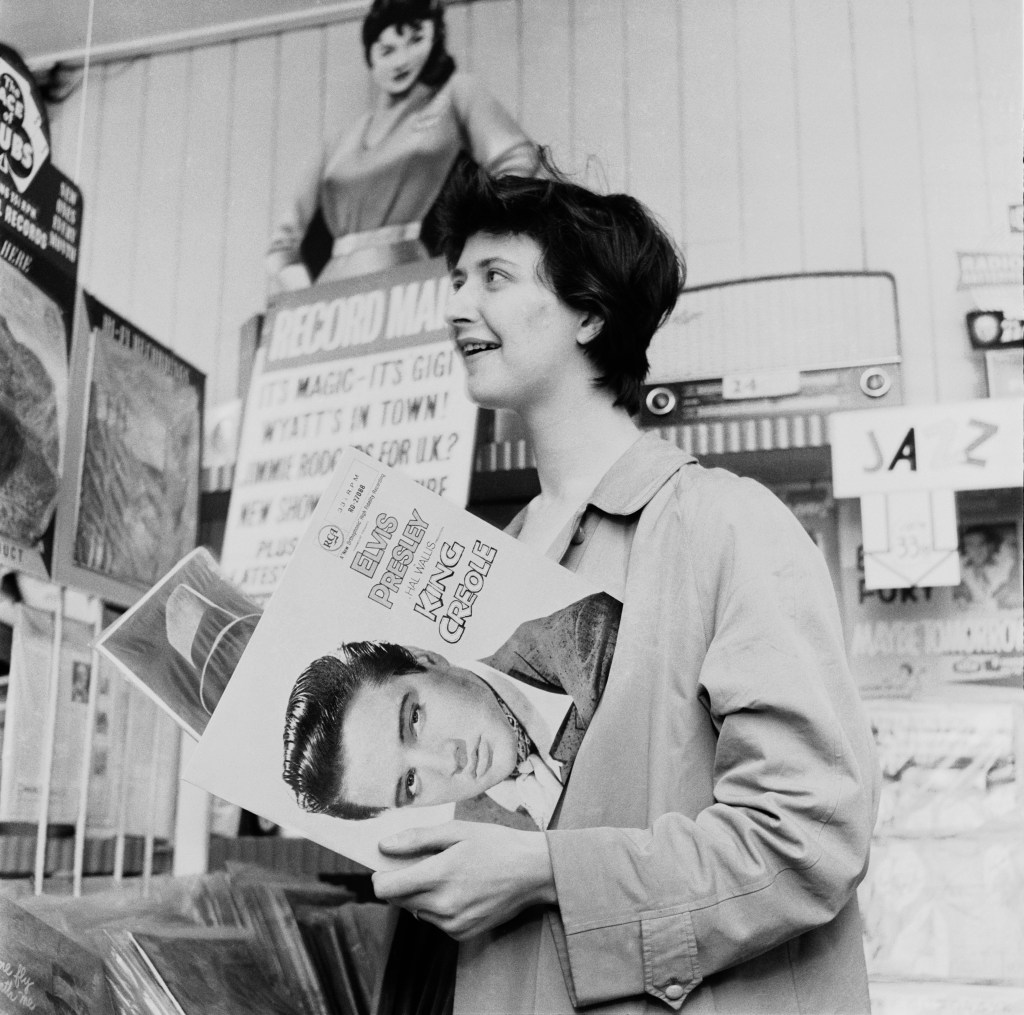
Photo by Howell Evans/BIPS/Hulton Archive/Getty Images
The Top Country Albums chart premiered in Billboard on January 11, 1964; Ring of Fire (The Best of Johnny Cash) was the country chart's first number one. Vinyl record sales boomed throughout the 1960s and 1970s; per the Recording Industry Association of America, LP and extended play, or EP, sales peaked in 1978 at 341.3 million units sold, making up 47 percent of the total sales volume of all music formats.
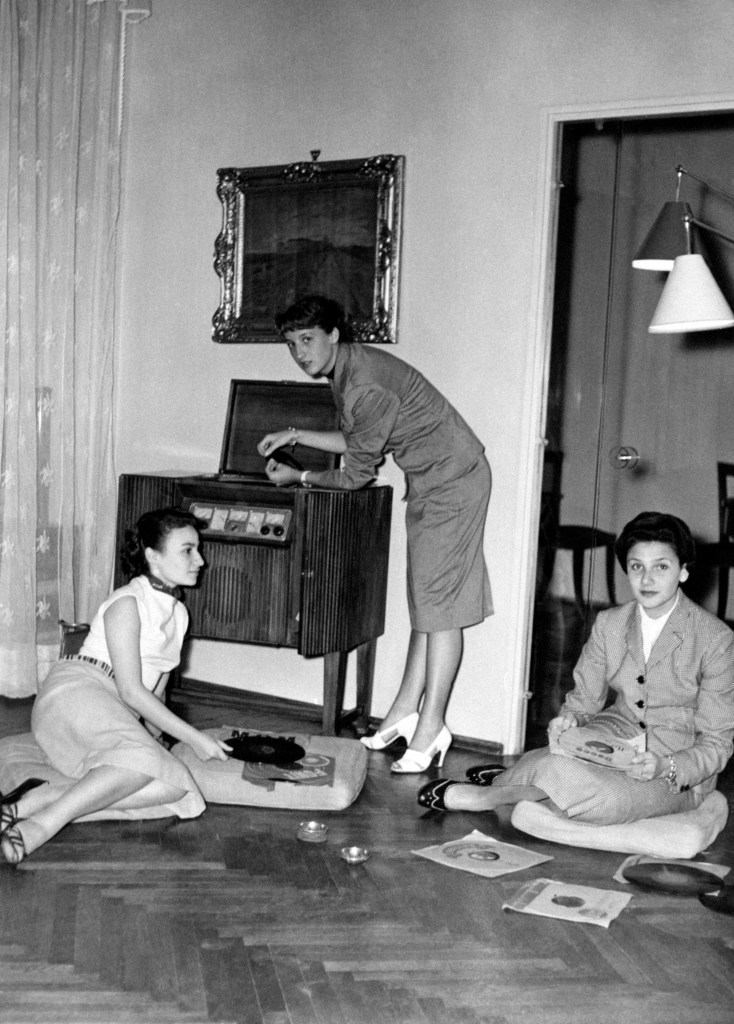
Photo by Mondadori via Getty Images
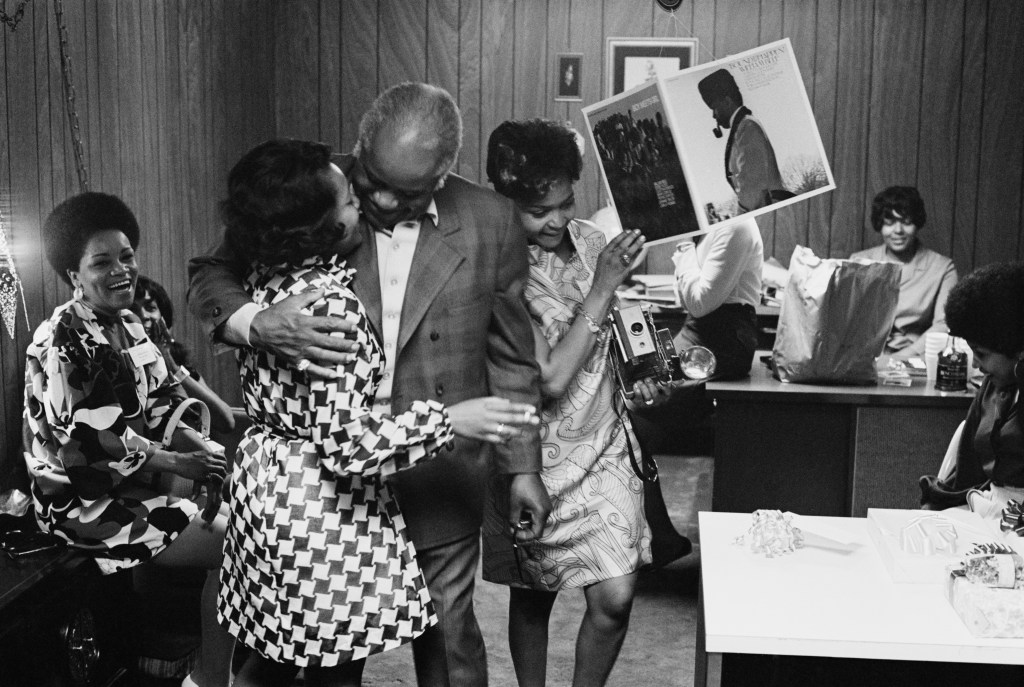
Don Paulsen/Michael Ochs Archives/Getty Images
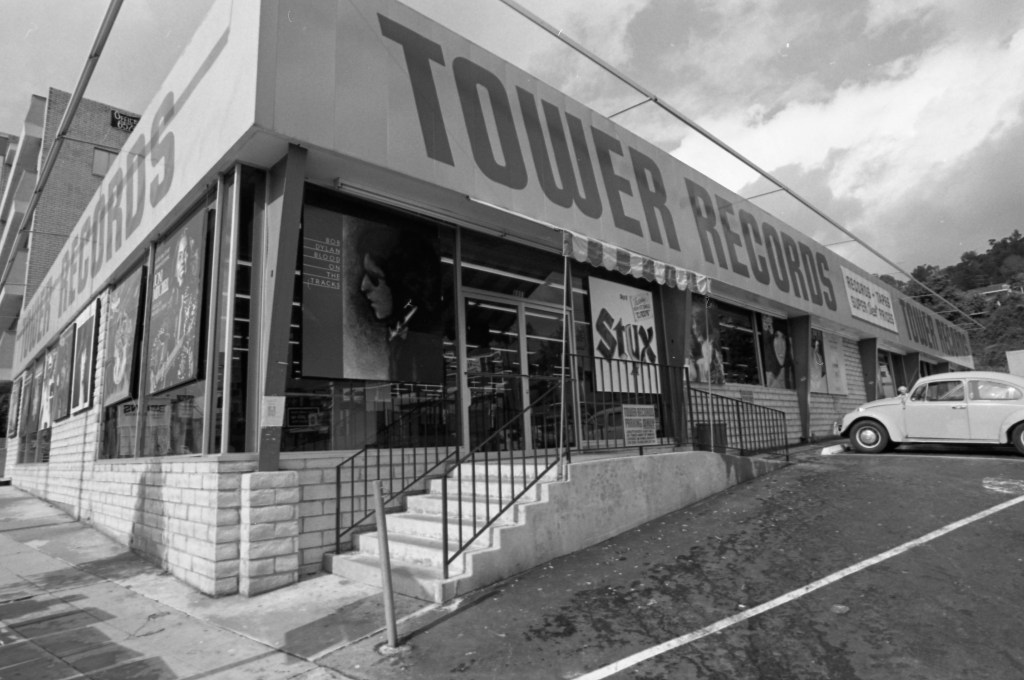
Photo by Albert Moote/Getty Images
Vinyl records' popularity took a massive swan dive in the early 1980s thanks to Sony's introduction of the Walkman cassette tape player in 1979. According to Victrola.com, the portability of the Walkman and cassettes let music lovers take their music with them and listen to it anywhere rather than being relegated to playing records at home. Within five years, cassettes outsold records. The introduction of compact discs in the late 1980s, followed by the wide adoption of MP3s and other digital formats in the 1990s, and cemented by the 2001 introduction of Apple's iPod, made the future of vinyl records uncertain.
Things took a turn in 2007 when, according to RIAA, vinyl sales went up to 1.3 million units. This was a mere 0.1 percent of the music industry's total sales volume, but it was an impressive 44.4 percent increase over 2006 . In 2008, the number went even higher to 2.9 million, a whopping 123.1 increase over the previous year. With those kinds of numbers, business publications couldn't help but notice. Computerworld ("The Voice of Business Technology") published a story in January 2009 for which they spoke with Steven Sheldon, president of Los Angeles-based Rainbo Records. Sheldon noted that it wasn't nostalgic Boomers and Gen Xers driving the vinyl trend, but rather 13- to 24-year-olds looking for a new way to connect with music: "They were brought up on virtual everything...I think they also do recognize the difference in sound, but I think holding that 12-by-12 piece of art and holding that record in their hand is creating the buzz." Young consumers continue driving the ever-increasing demand for vinyl; as reported by Mixmag, in a 2021 survey by MRC Data of 4,041 people aged 13 and up, 15 percent of Gen Z respondents reported having bought a vinyl record over the last 12 months, compared to 11 percent of Millennial respondents. Regardless, people of all ages are obviously partaking in the vinyl trend. According to MRC Data's end of year report, vinyl accounted for 50.4 percent of all physical album sales of 2021, up from 1.7 percent in 2011.
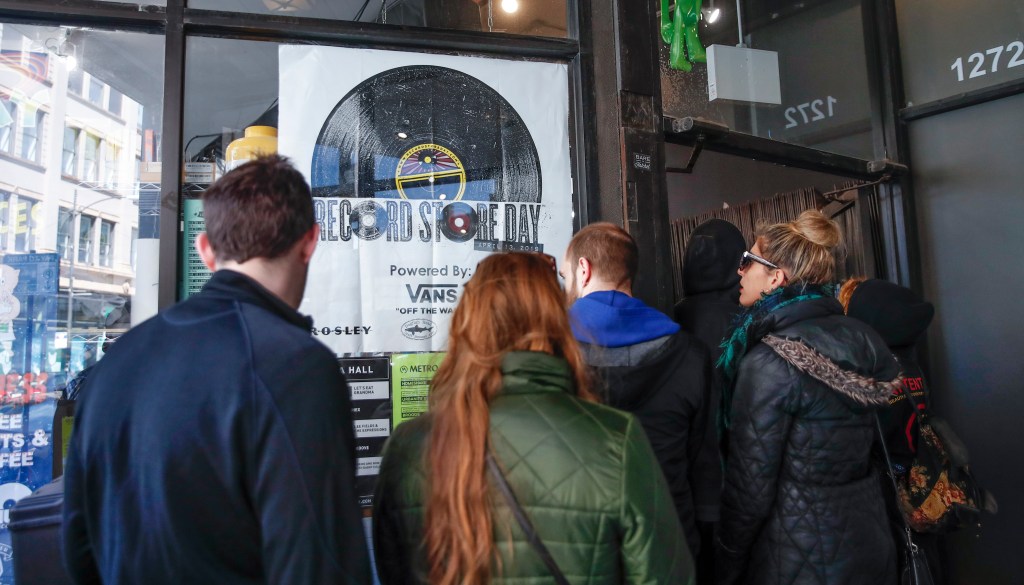
KAMIL KRZACZYNSKI/AFP via Getty Images
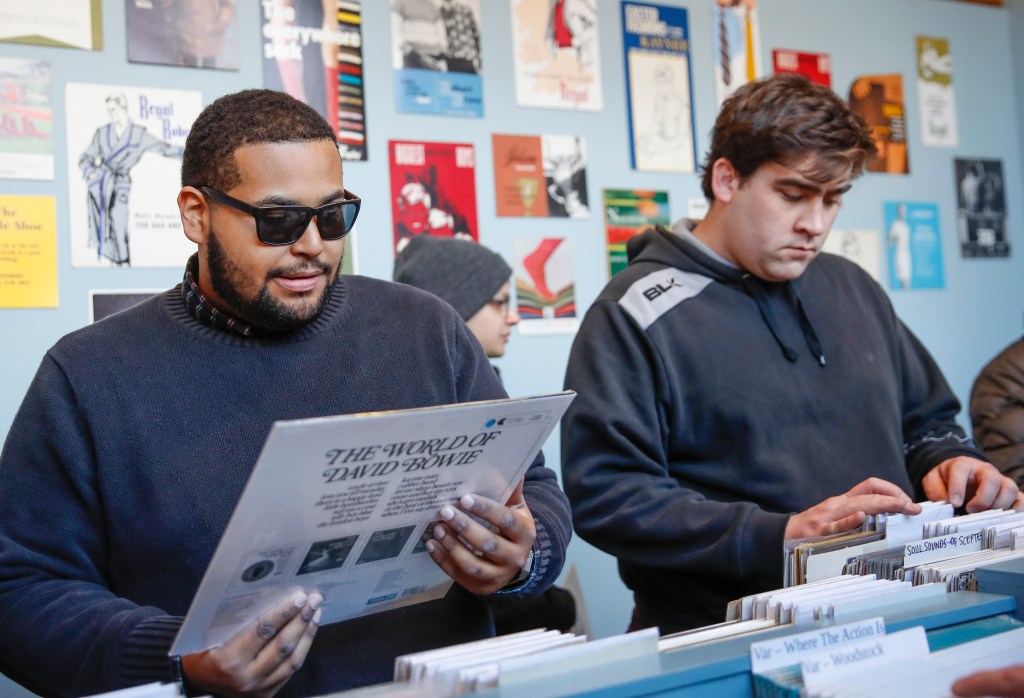
KAMIL KRZACZYNSKI/AFP via Getty Images
Another driver behind the vinyl resurgence is the annual Record Store Day event. Launched in 2008, participants include 1400 independent United States record stores and thousands more around the world. Per the official website, "This is a day for the people who make up the world of the record store—the staff, the customers, and the artists—to come together and celebrate the unique culture of a record store and the special role these independently owned stores play in their communities." Unique vinyl and CD limited releases are available exclusively on Record Store Day from a wide range of artists and stores traditionally host live shows and meet and greet events between artists and fans. The fact that Record Store Day limits official participation to independent record stores highlights the importance of these small, individually owned shops in keeping the vinyl revival going. Record Store Day's podcast Behind The Counter recently interviewed Travis Searle of Louisville, Kentucky's Guestroom Records, who gushed "It's amazing that we are running record smashing numbers year over year... it's very exciting that more and more people are into vinyl records now than literally at any point in the last 30 years."
